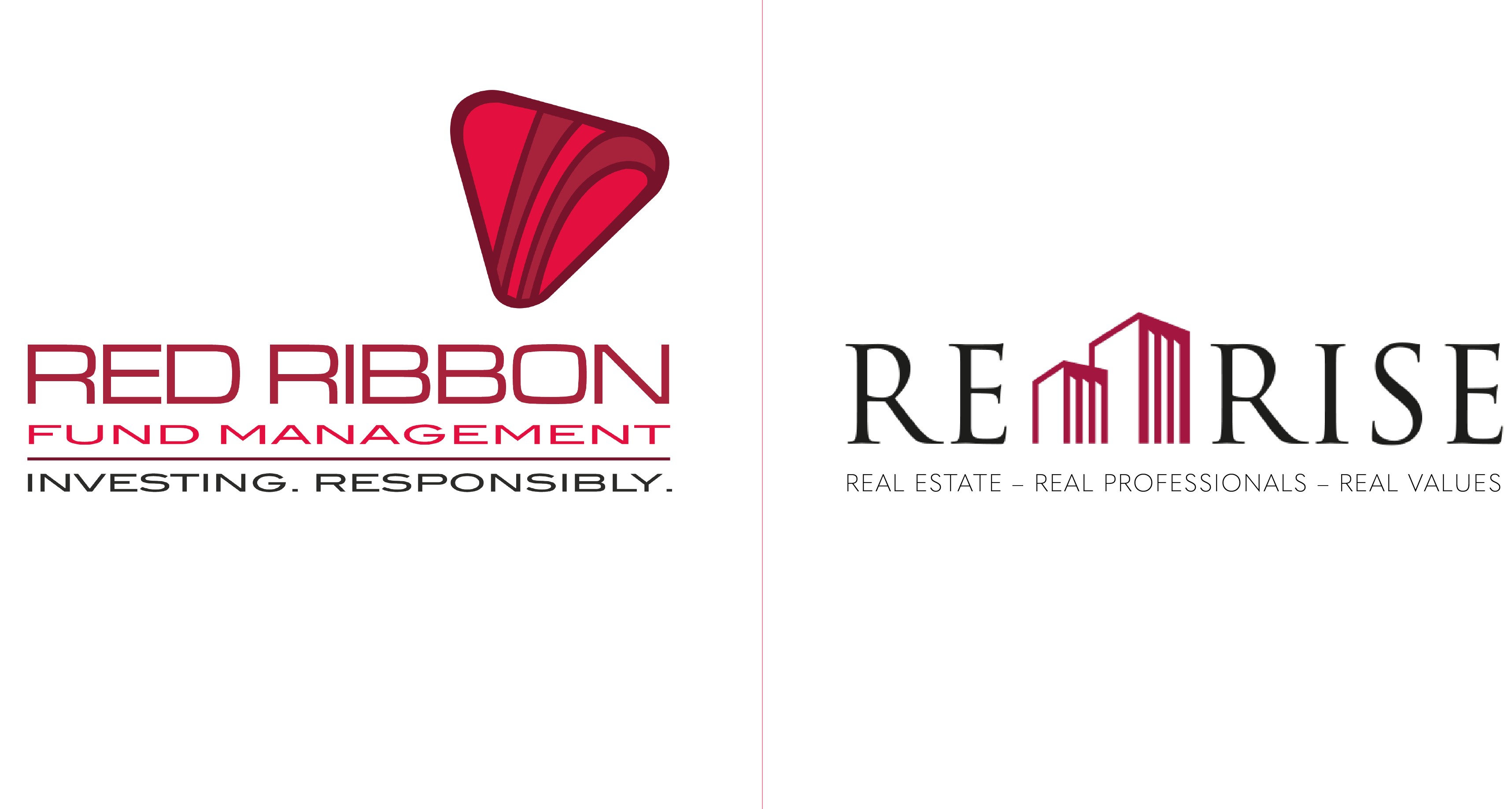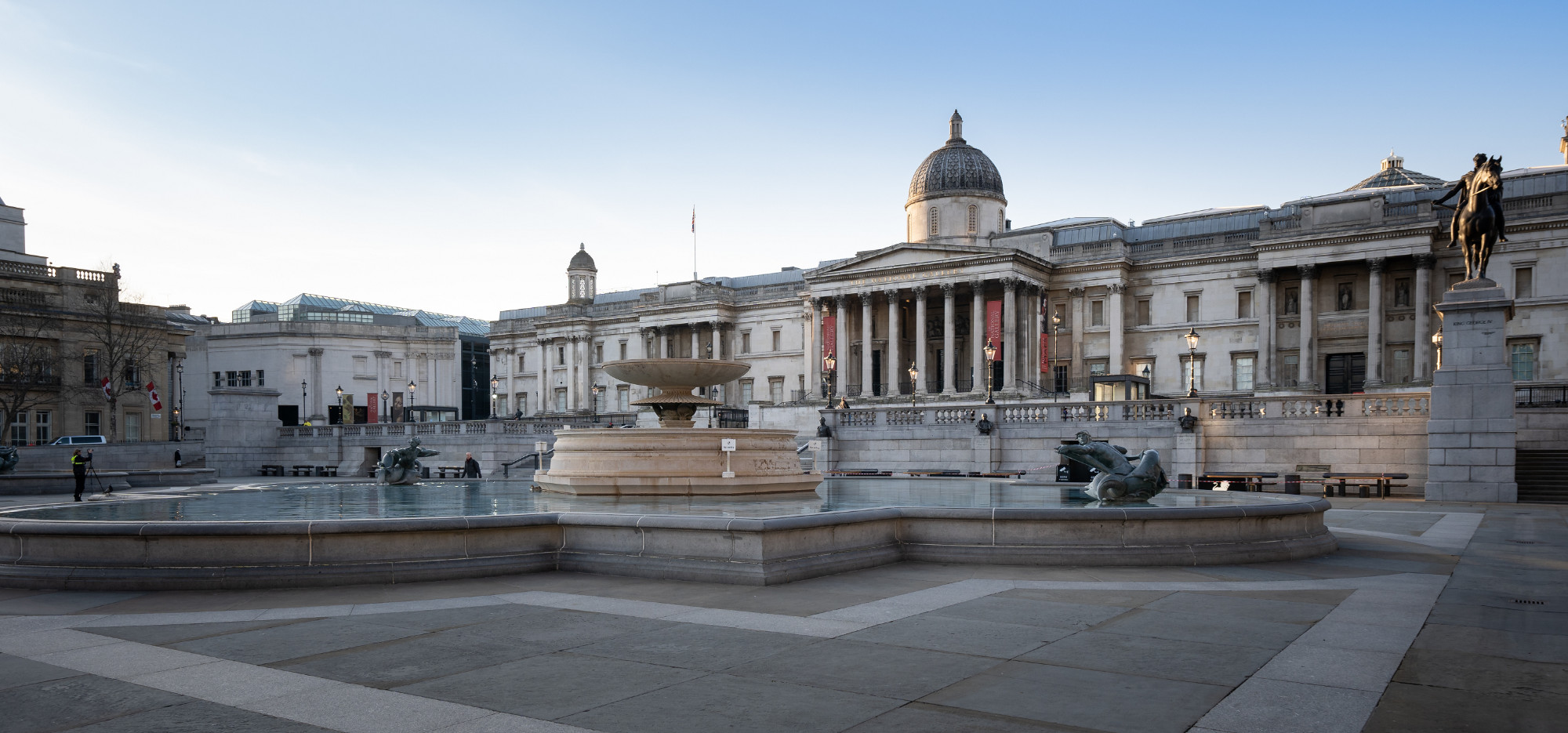When footfall slows or stops it's good for any business to have low overheads, but far better to adjust and move forward: meeting the challenges and changed circumstances that slowed footfall down in the first place. And there’s no better example of that at the moment than the hotel and hospitality sector, where adjustment and progression is all about guest reassurance.
A recent McKinsey Report highlighted just how badly the sector has been hit across the globe, with a full return to pre COVID levels not expected until 2023, or even later. But the rictus of change the pandemic left in its wake has also brought opportunities, all of them grounded on new, footfall friendly business models: including contactless check ins and check outs, app ordering platforms and a ramped up assurance of overall health and hygiene levels. Initiatives of this kind have animated a new business model in hospitality, with hotels increasingly making use of overt public messaging to meet variable levels of guest sentiment and a COVID slump in willingness to travel.
McKinsey made the significant finding that willingness to travel is now much more heavily influenced by health than economic considerations (not so much the cost of the stay as staying safe): the new messaging model plays directly into that trend, and we can say for sure that when it comes to health messaging, mid range hospitality, and Eco Hotels in particular, are doing far better than competitors in the high-end segment.
Take India for example, where mid range hotels have been adopting booking tools to help guests track and control their reservations (from home) as well as state of the art apps that kick in after arrival to enable guests to order room service and restaurant items with minimum live interaction. Elsewhere across the globe operators are limiting food service to pre-packaged orders. Some hotels in India also require guests to provide proof on arrival (through a QR code) that they have not been in contact with anyone who might be COVID infected, in addition to administering regular temperature checks for guests coming in and going out of the venue. And measures such as these aren’t just about policing the virus within the facility (although it's certainly about that as well), it’s about reassuring guests that the checks they will undergo have been undergone by others, and the hotel is as safe as it can be. That’s what we mean by reassurance messaging and it has a significant impact on overall occupancy rates.
Which brings us back to overheads…
Luxury and Chain Hotels have suffered most from COVID’s aftershocks, with occupancy rates falling to just 15% in May and many venues closing altogether. Compare that with the equivalent mid range figure of 40% (and above): added to which mid range hotels will also be faster to return to near normal when COVID finally goes away, primarily because in the near term they have a greater capacity to stay open for longer on lower occupancy rates. Just to cover operating costs (not making a profit mind, just staying open), hotels in the luxury and chain segment require occupancy rates one and a half times higher than their mid range competitors, as well as baseline labour thresholds two to three times higher than the mid market. And once you factor in the core dependency of luxury and chain hotels on conferences and large-scale events (which simply aren’t happening any more), their bottom line looks even more gruesome.
So all in all, mid range hotels aren’t just getting their strategies right in a uniquely challenging environment, they’re inherently more robust as well.
Find out more about Eco Hotels
Red Ribbon Asset Management is the founder of Eco Hotels, the world’s first carbon neutral mid-market hotel brand, offering “green hospitality” as part of a progressive roll out across India which intended to take full advantage of current market opportunities on the subcontinent.
Article also published in the Economic Times.
DISCLAIMER: The views expressed are solely of the author and ETHospitalityWorld.com does not necessarily subscribe to it. ETHospitalityWorld.com shall not be responsible for any damage caused to any person/organisation directly or indirectly.




